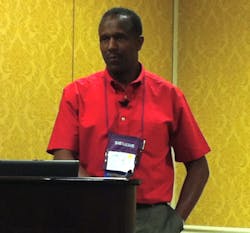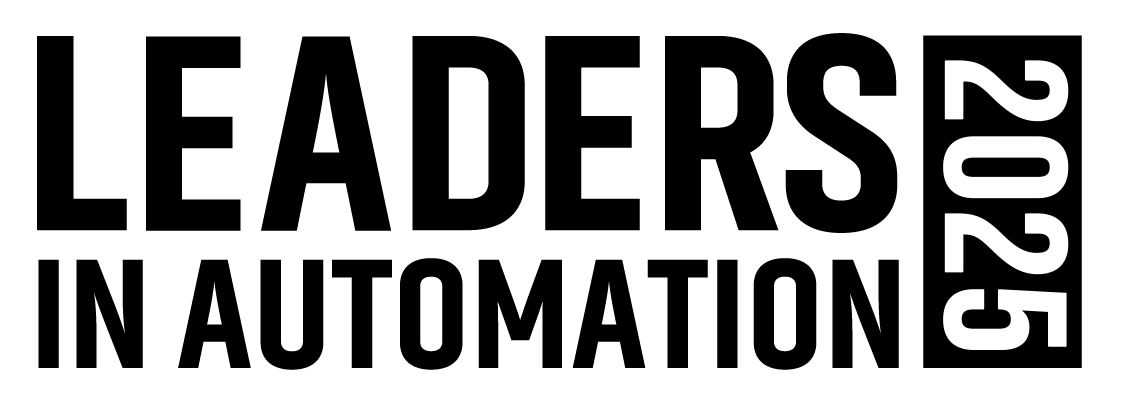Considering the company’s origins in the manufacture of gun powder, safety has played a large role in DuPont’s operations over the past two centuries. Building on that history, automation and process controls engineer designer Karl Stevens is responsible for adhering to Dupont’s safety standards in the systems he designs and oversees.
During his presentation explaining his role in maintaining safety at DuPont, Stevens shared several of the company’s safety philosophies and best practices. For example, Stevens says that DuPont insists on “separating safety and non-safety devices. BPCS (business planning and control systems) and SIS (safety instruments systems) do not share the same sensor point. Separate systems avoid common cause failures.”
Some of the best practice tips Stevens shared include:
• Use appropriate trays for safety wiring. Separate signal cabling (4-20mA) from power cabling (600v), otherwise you’ll violate NEC 2005 code.
• Identify safety cabling at the source, especially if that “cable terminates in a non-safety cabinet,” he says.
• Safety grounding can be tied into a common grounding system per NEC section 250.94.
• Mount safety controllers and other safety hardware in a separate cabinet from non-safety hardware or provide a steel barrier between cabinet sections.
• Create and maintain SIS change documents to track updates and changes.
• As simple as it may sound: Train personnel in safety applications.
• Create appropriate DCS/PLC design guides that show various interlock schemes.
• Use approved safety equipment that’s been tested.
• Incorporate safety into P&IDs (piping and instrumentation diagrams).
Stevens also noted the benefits DuPont has achieved from Siemens’ Safety Matrix application. Embedded in Siemens’ Simatic PCS7 Failsafe process safety system, the software “shows safety conflicts in your system design,” Stevens says. Safety Matrix uses a common database structure (.csv files) to unite the disparate safety lifecycle tools commonly found in a plant environment. The software automatically extracts the details of each cause (input) and effect (output) and generates a single TÜV-certified function block for the controller.

